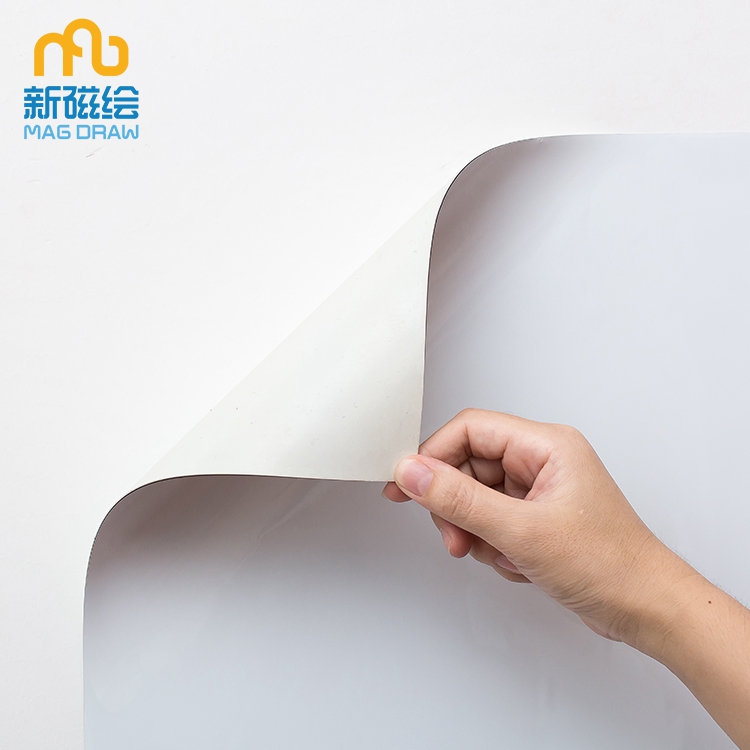Living wood tatami
"The house is getting more and more expensive, the area is getting smaller and smaller, how to crack it?"
"Of course, multi-functional furniture is used. Especially for tatami, one roof and five bedrooms!"
Today I will talk about the merits and demerits of tatami in detail.
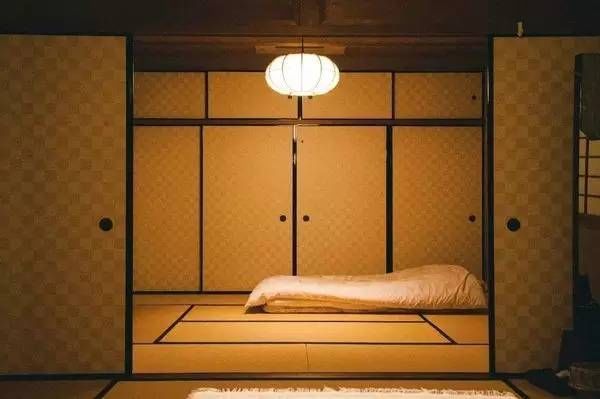
Japanese Traditional Japanese Style Hotel
What is tatami
// Tatami's past and present life ///
The traditional name for tatami is that "folding seats" originated in the Han Dynasty of China and spread to Japan, South Korea, and other places during the prosperous Tang Dynasty. It was used as a material for laying flooring in the traditional Japanese room "he room". Strictly speaking, tatami mats are actually mats spread on the floor.
In the past, most buildings in Japan were made of wood. The tatami mat is very convenient, and the tatami can be used as a guest room, a bedroom, a dining room, and storage. It solves the contradiction of the small number of people in Japan. Japan's mainstream home choice.

Tatami is laid directly on wooden floors in Japan
The traditional size of a traditional Japanese tatami is: width 90cm, length 180cm, thickness 5cm, area 1.62㎡, one piece is called a stack; there are also half tatami of 90cm × 90cm. The area of ​​a typical room is calculated by the number of tatami blocks. The tea room is often four and a half (6.97 square meters). When laying combinations, there are different arrangements according to the number of tatami.
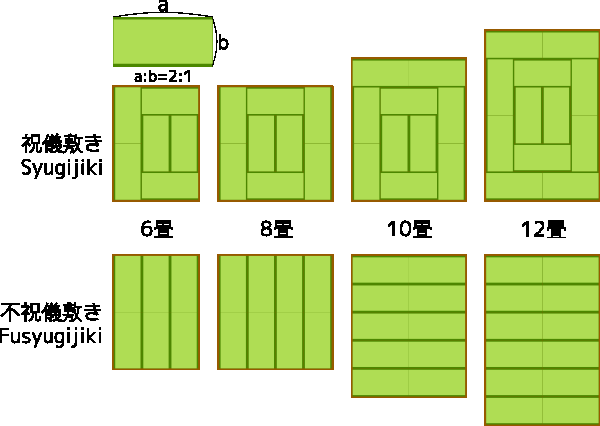
Two kinds of swinging method of Japanese tatami
"Zhu Yi Shiki" is a good luck, used in ordinary houses or wedding celebrations. "Don't wish Ikiki" is a fierce and used in funerals or more solemn places.
The tatami came to China, and what we call tatami is actually a combination of "floor and rush mat". The houses in our country are of brick and tile structure, and the concrete floor needs a floor to be laid with straw mats.

Common structure of tatami
The price of tatami is also different between China and Japan. Japanese tatami is a standard product and the price is lower. Chinese tatami is a customized product made according to the room, and the price is higher. Rush mats are generally 100-200 yuan / square meter, and the floor is 500-700 yuan / square meter; if you add drawers, sliding doors, and lifting tables, you need to increase the budget.
What are the benefits of tatami
// There is a reason for the popularity of many countries ///
Economy saves money
In Japan, houses are standardized, and tatami is also standardized. A four-and-a-half-fold house was bought with tatami mats (that is, mats made of rushes) spread on the floor. A wardrobe and a set of tables were installed to complete the decoration of the house.
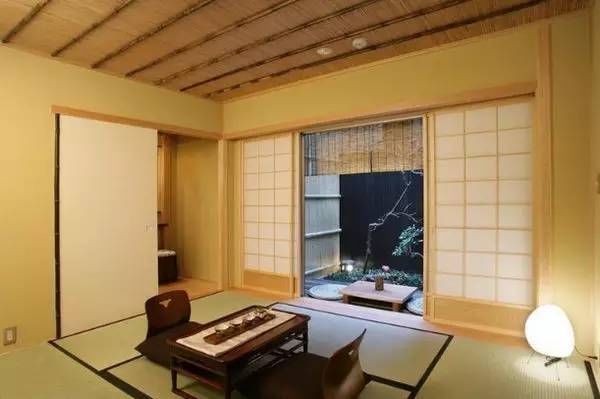
Traditional Japanese-style tatami room
During the day, the table is placed in the middle, this room is the dining room; when guests come, chatting around the table, this room is the living room; studying on the table, this room is the study room; at night, the table is received and covered with bedding, This room is the bedroom. If there is a floor under the tatami, you can also store things.
Compared to buying a sofa, dining table and chairs, and a bed, do you say that this tatami seat can save money!
save space
After reading the above, I believe everyone knows how much space this room can use as a five-room tatami mat. This is why the tatami is back to China from Japan.
Wholesome
The ancients said: "Stand like a loose seat like a clock and wind like a wind." Tatami is much harder than a sofa or Simmons. Sitting on a "tatami" muscle is in a state of tension, and there is no worry of muscle relaxation. Newborns have to sleep in a hard bed, which helps bone development.
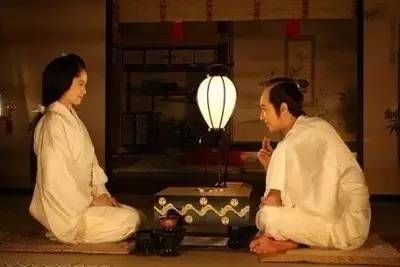
Japanese drama screenshot
However, although the tatami is comfortable to sleep, the comfort level is worse when seated. Now many Japanese people have embraced the sofa and pursued enjoyment.
In addition, rush is a natural plant with a fragrant fragrance, which is much healthier than the glue in furniture such as sofas.
Refreshing and clean
Sleeping on the "tatami", after getting up the "bed", the bedding was stuffed into the closet, and the cushion used as a "chair" (in Japanese, "seat futon") can also be stored at any time, bringing refreshing and quiet. feel.
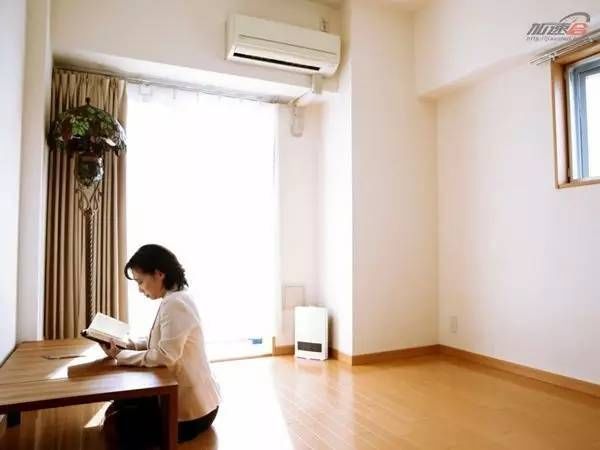
Japanese Minimalist
It is estimated that the Japanese "minimalist" way of life is also deeply influenced by tatami. There is a Japanese drama called "My Home Is Empty", you can take a look if you are interested.
What are the uses of tatami
// One roof and five bedrooms //
Tatami with Chinese characteristics is of course not all Japanese-style tatami. We can take its essence and give full play to it.
The most authentic tatami: multi-purpose room
In the style of a Japanese-style room, the entire floor is made of tatami. It can be used as a play area or a small study room for children during the day and as a guest room at night. This form is mostly used in the smallest room in the apartment, such as a small study or a second bedroom.
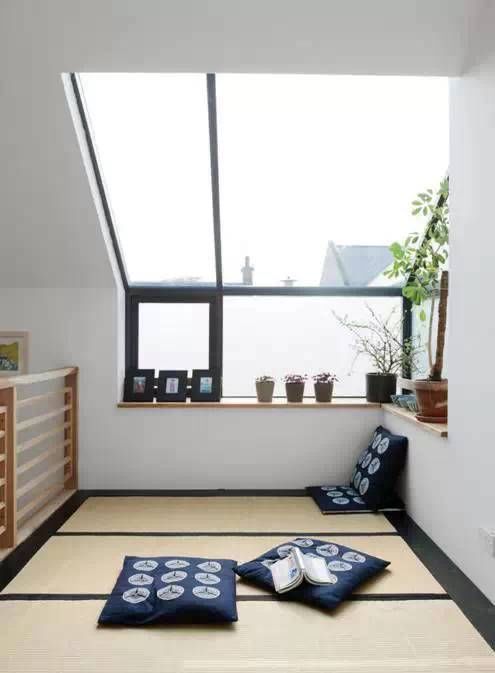
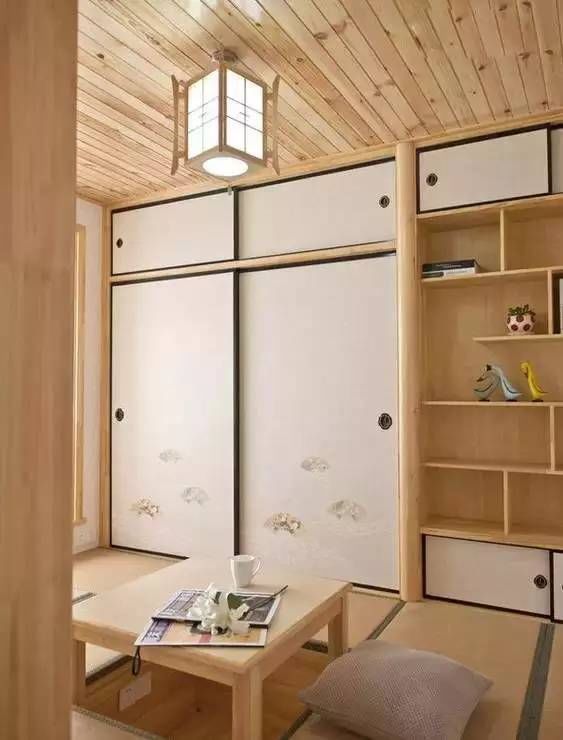
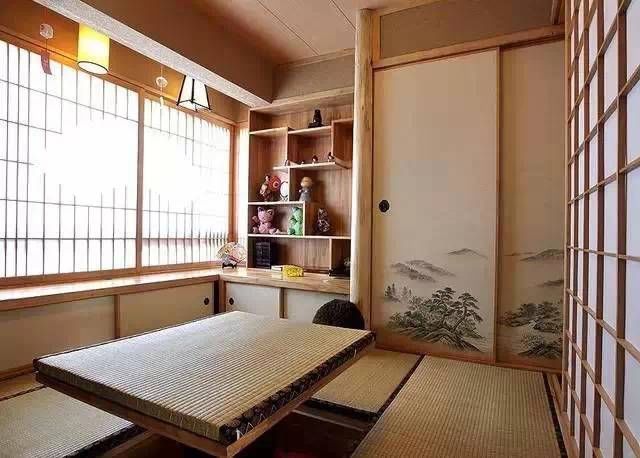
The most convenient tatami: local application
Take out half of the room for tatami. The tatami is almost used as a bed, but it can store more than the bed, and the futon is put away, which is also good as a tea room. "Single tatami + writing desk" is a common form.
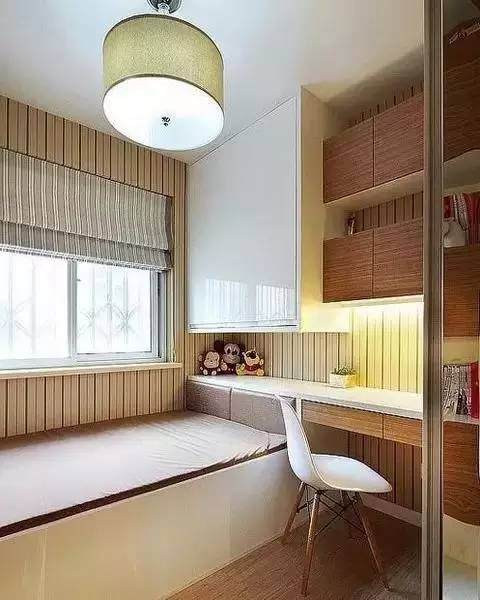
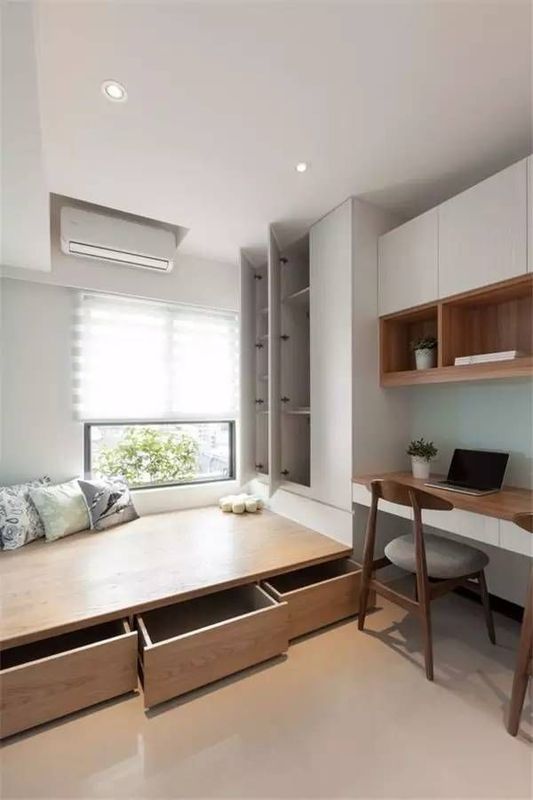
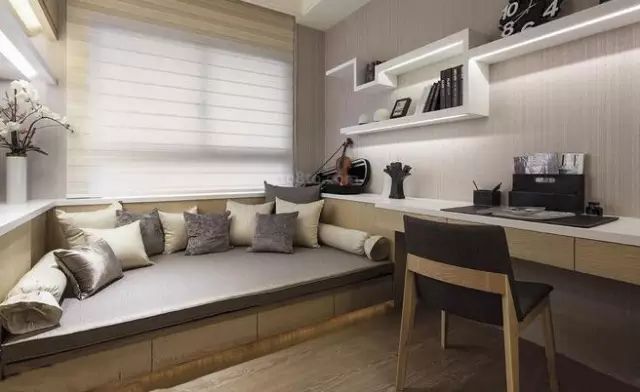

A large area of ​​tatami, with gaps against the wall (for legs), bedroom and study in one. But the space under the table was hard to clean up.

If there are many guests at home, you can also use the tatami mat to make a mini second floor, there are many people sleeping.
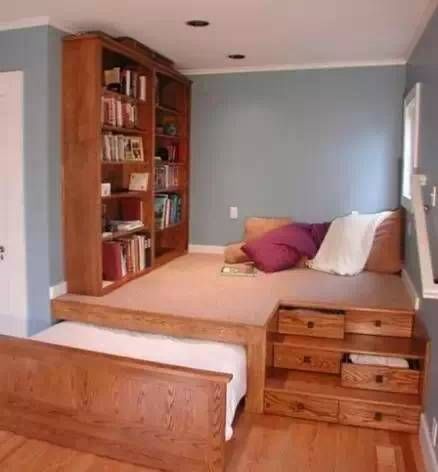
Half of the rooms are made of tatami, similar to the Northeast Kang Mat, with desks, storage and bedrooms.
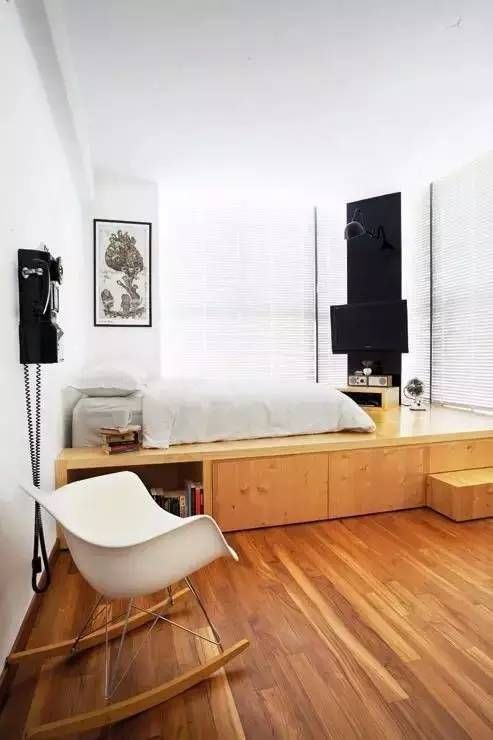



Tatami in room: large living room can be engaged
If your living room is particularly large, you can build a complete Japanese-style tatami in the living room to make a room in the room.
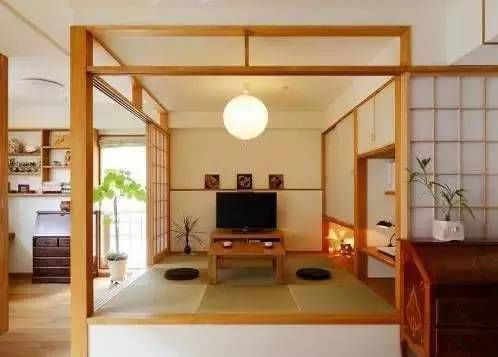
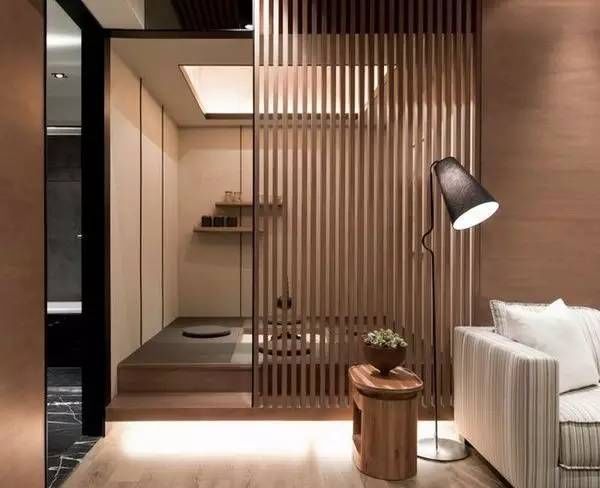
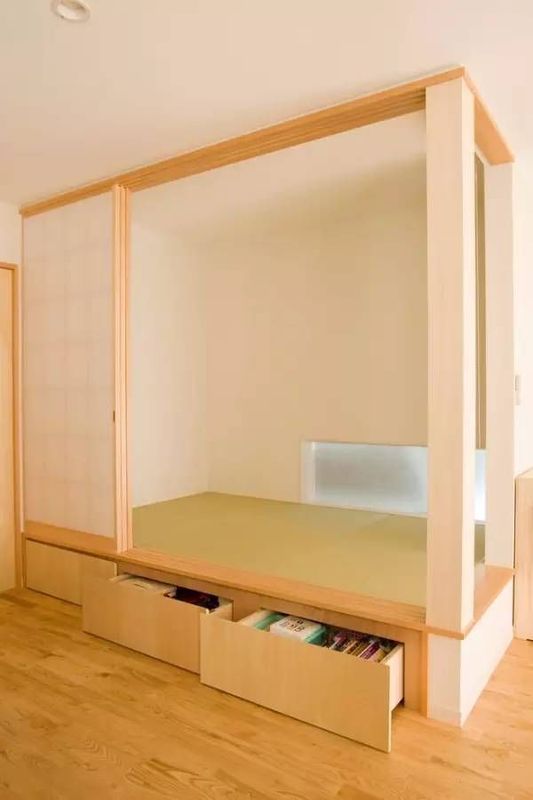
The most commonly used tatami: a small tea table on the balcony
The most cost-effective, but also enjoy the benefits of tatami is to make tatami on the balcony, usually drink tea, basking in the sun or even take a nap is good.



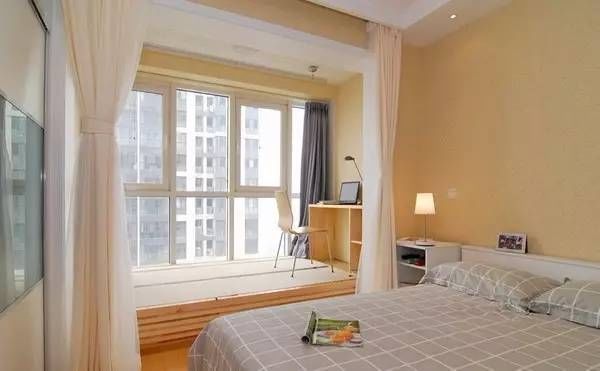

Tatami made from bay windows is also an excellent choice.
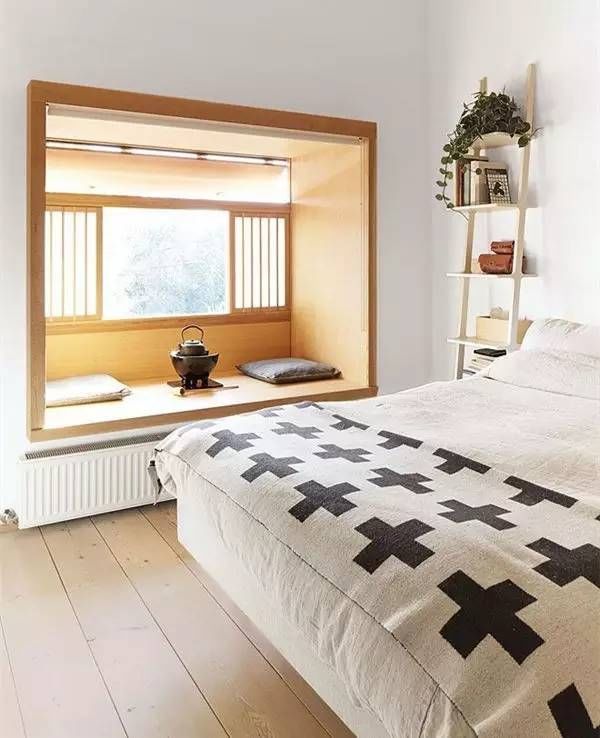
however
It is crucial that
The tatami needs to be cleaned frequently. Rush mats should also pay attention to insect control and dry regularly. Lazy people don't think about tatami. The rainy season in the South may exacerbate the mildew on the tatami. Friends in the South should choose carefully.
The above content is provided by Jumu tatami . Buy tatami and choose Jumu tatami !
Removable Adhesive Whiteboard
Removable Adhesive Whiteboard is is a kind of portable whiteboard with removable adhesive. The unique adhesive added removal for on-the-go mobility to the self adhesive whiteboard. Not only will it not fall off easily, but will remain sticky after washing if the adhesive surface is dirty.
Removable Whiteboard,Removable Adhesive Whiteboard,Movable Whiteboard,Removable Wallpaper
Guangzhou New Magnetics Technology Co.,Ltd , https://www.softwhiteboard.com
![<?echo $_SERVER['SERVER_NAME'];?>](/template/twentyseventeen/skin/images/header.jpg)
